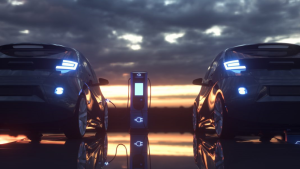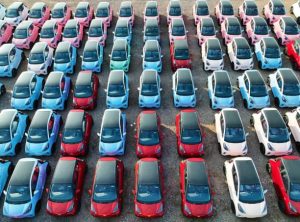Blog
Explore our latest articles,
insights, and expert advice
The Future of EV Charging: Why Speed & Accessibility Matter
Electric vehicles (EVs) are transforming transportation, offering a cleaner, more sustainable alternative to traditional gasoline-powered cars. But for EVs to fully take over the roads, two major hurdles need to be cleared.
Solving Range Anxiety – How beevrGO Empowers EV Drivers
Picture this: it’s Friday afternoon, and you’re gearing up for a long weekend road trip. The car’s packed, snacks are ready, and your playlist is queued. But as you check your EV’s battery level, it hits you—you’ll need to charge soon. No problem, right? Except
How EV Charging Operators Can Maximize Revenue with Smart Scheduling
Managing an EV charging station without smart scheduling is like running a restaurant without reservations—you either have chargers sitting idle, losing revenue, or overbooked stations, frustrating customers. Finding the right balance is the key to profitability.
Charging Smarter: How Booking Your EV Charge Time Helps Save the Planet (and Your Wallet)
Switching to an electric vehicle means no more gas stations and fewer maintenance hassles. It’s a step toward a cleaner future. However, with EV sales projected to exceed 20 million by 2025 (Reuters, 2025), a new challenge emerges: simultaneous charging is placing pressure on the power grid
Subscribe to our newsletter
Get exclusive insights and updates delivered to your inbox
By clicking Sign Up you’re confirming that you agree with our Terms and Conditions.
Stay Connected
About Us
Contact Us
Blogs
Subscribe
Join our newsletter to stay informed about new features and updates.





